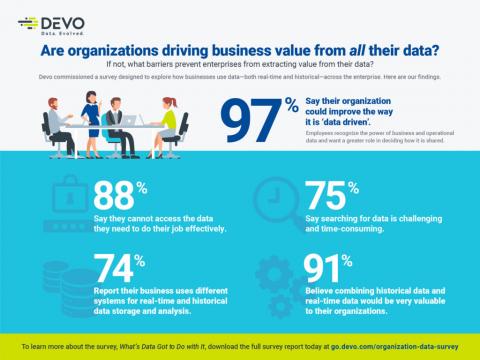ITIL, Problem Management and Tripwire Enterprise
I’ve written about ITIL and Tripwire Enterprise, offering a secure approach to managing your Change Management processes, but ITIL’s guidelines offer more than just recommendations around ensuring changes happen as expected. Problem management is another key area where Tripwire Enterprise can help you on your ITIL journey. ITIL sensibly focuses on root-cause analysis for problem management.






